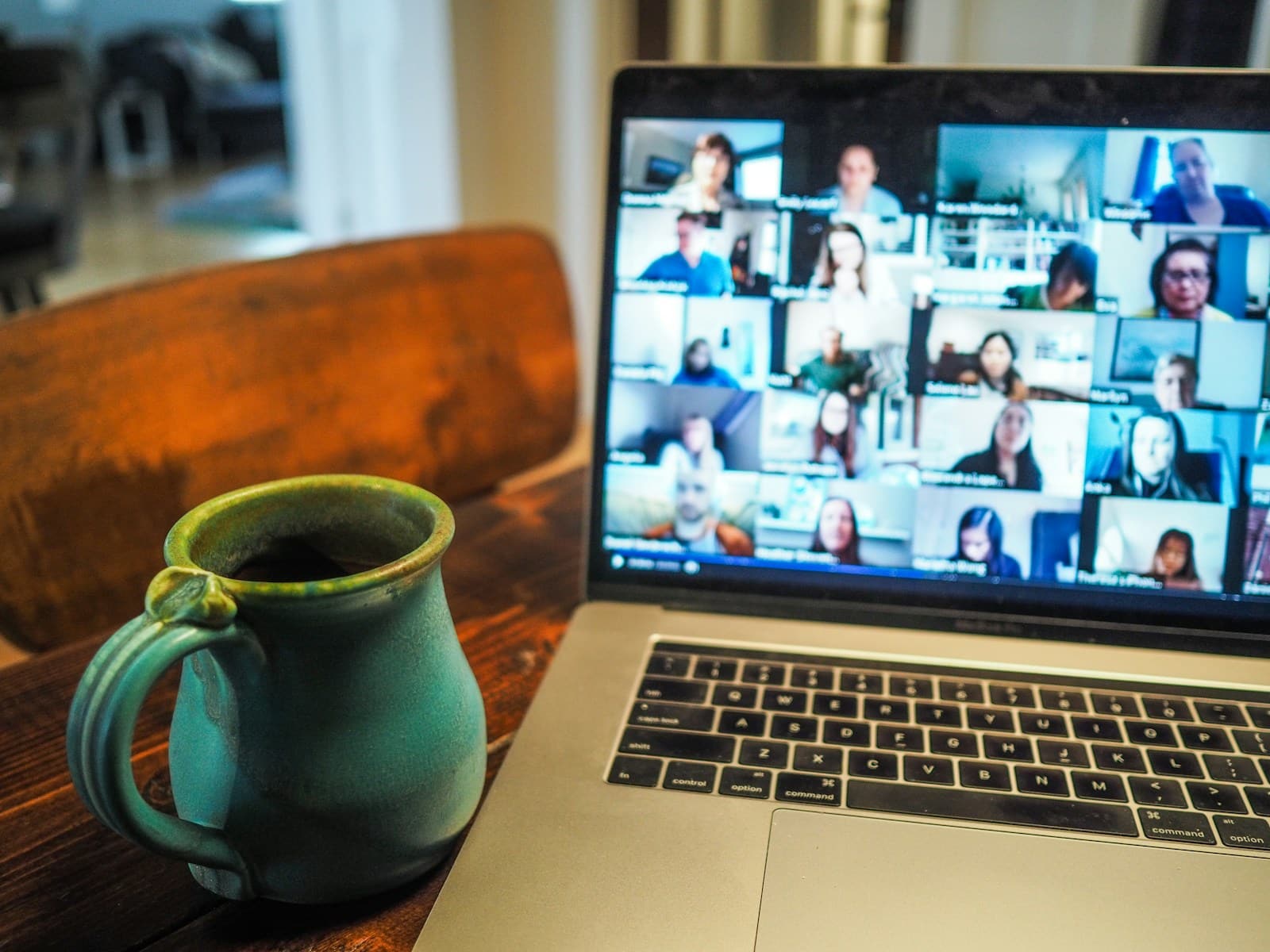As industry and commerce gets used to the ‘new normal’, the use of video conferencing facilities and software is becoming widespread. It is a useful tool and has undeniably been a major factor in bringing teams back together in a virtual way during the pandemic lockdown.
There has been a lot of media coverage on some of the issues that this technology has been causing. We have heard of so-called Zoom-Bombing, where unsecured meetings are ‘gate-crashed’ and offensive or inappropriate material has been displayed to all the participants. There have also been many stories about security flaws within video platforms, many of which have now been corrected and a good level of security for meetings now being the default.
Regardless of the platform that you use for your video meetings and conferences, there are some things that you need to consider that are directly your own responsibility.
Official recording
If you are recording the session for your records or any other purpose, then there are some things you need to be mindful of. Ideally you need to advise participants before they join the meeting that it is being recorded and the reason for recording it.
You also need to be wary of insisting that staff working from home have their camera enabled when recording. You should consider that by having their camera on, you are intruding into their home environment. It is possible that others may enter the view of the camera and this may include children.
If you choose to record a session, then any person who is discussed during the session will be entitled to receive a transcript of the audio and possibly some of the video if their picture is shown, for example. Any person who appears on the video will be entitled to access the footage. You will need to provide both these types of material to anyone who makes a Subject Access Request (SAR or DSAR) to your organisation.
Unofficial recording
You need to stress to all participants that they must not make any recording of the session. Of course, there is nothing you can really do if someone is determined to record the session and you will most likely be completely unaware of any recording being made. You should ensure where possible, that participant recording within the software is disabled.
It is probably best to always consider the possibility that the session is being covertly recorded. Perhaps conduct the session in the same way you might hold a meeting in a public place such as a coffee shop and be mindful that what is said may not be completely private.
Session security
There is a lot of anecdotal evidence of video conferencing sessions being infiltrated by people who should not be there. Very often, the behaviour of these people has been distressing to the wider audience and has included such behaviours as displaying obscene and illegal material to the participants, foul language and general disruption.
Most of the service providers have made a lot of effort to try to ensure that meetings are defaulting to a secure method of access when they are set up. However, should you choose to overide these security settings, things like a password or unique link to join, waiting rooms etc., then it is possible that your meetings may be subject to this kind of attack.
It is possibly more damaging if you end up with an unauthorised participant that is merely quietly lurking and possibly recording everything. Imagine if you are a Crime Reduction Partnership scheme and you are discussing strategies. Unknown to you, there is someone in the session that then publishes your strategies to their criminally inclined friends – all your planning comes unravelled. You also face the prospect of some awkward SARs if you have named individuals and they get to hear of it.
Yu really need to pay attention to meeting security. Having a waiting room so that you need to manually admit each participant to the meeting and using participant-unique links are essential steps to secure your meetings. You should learn as much as you can about the platform you are using. Most have excellent tutorials.
Posting screenshots
There seems to be a trend toward posting screenshots of virtual meetings on social media. You need to think carefully before doing this. Ask yourself why. Why would you need to do this? What is the benefit? It is maybe a good way of showing your potential customers that you are up and running and embracing the ‘new normal’.
You may also be flouting data protection laws…
Even participants that have their camera disabled are generally displaying their name. If they have their camera enabled, quite often, you are seeing into their private space – their homes, portraying personal effects. At a very minimum, you should check with participants that they are all happy for you to post these screenshots on social media. Think how else you might get the message of ‘Business as Usual’ out to your contacts, there is probably a better way to do this. Don’t follow this trend for the sake of it.
Language!
You wouldn’t imagine that this should be a problem, but it has proven to be on many occasions. It is all very well if the language in the workplace is, how shall we say, ‘rich’ and expletives are accepted but you need to consider this new way of working. You need to remember, and to remind everyone on the call, that they are all now potentially appearing in each other’s home environment, complete with the possibility of children over hearing everything that is said. If your language would make your granny blush, then remember that someone’s granny may well be getting red in the face if you swear on a video call!
A polite and gentle reminder at the start of each call will help with this and spare any embarrassment.

